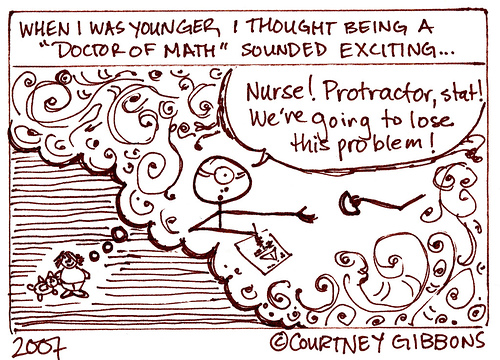Oleg Kryzhanovsky’s Problems
A long ago my son Sergei went to the Streamline School Olympiad. Some of the problems were really nice and I asked the organizer, Oleg Kryzhanovsky, where he took the problems from. It seems that he himself supplied all the problems, many of which are his original creations. He told me that he can invent a math Olympiad problem on demand for any level of difficulty on any math topic. No wonder that he is the author of almost all math problems at the Ukraine Olympiad.
The following is a sample of his problems from the Streamline Olympiad. For my own convenience I have chosen problems without figures and equations. Note: I edited some of them.
1998 (8th – 9th grade). Find three numbers such that each of them is a square of the difference of the two others.
1999 (9th – 10th grade). The positive integers 30, 72, and N have a property that the product of any two of them is divisible by the third. What is the smallest possible value of N?
1999 (9th – 10th grade). You have 6 coins weighing 1, 2, 3, 4, 5 and 6 grams that look the same. The number (1, 2, 3, 4, 5, 6) on the top of each coin should correspond to its weight. How can you determine whether all the numbers are correct, using the balance scale only twice?
1999 (11th – 12th grade). In how many ways can the numbers 1, 2, 3, 4, 5, 6 be ordered such that no two consecutive terms have a sum that is divisible by 2 or 3.
2000 (6th – 7th grade). Let A be the least integer such that the sum of all its digits is equal to 2000. Find the left-most digit of A.
2000 (8th grade). You have six bags with coins that look the same. Each bag has an infinite number of coins and all coins in the same bag weigh the same amount. Coins in different bags weigh 1, 2, 3, 4, 5 and 6 grams exactly. There is a label (1, 2, 3, 4, 5, 6) attached to each bag that is supposed to correspond to the weight of the coins in that bag. You have only a balance scale. What is the least number of times do you need to weigh coins in order to confirm that the labels are correct?
Share: Courtney Gibbons gave me her permission to add
Courtney Gibbons gave me her permission to add